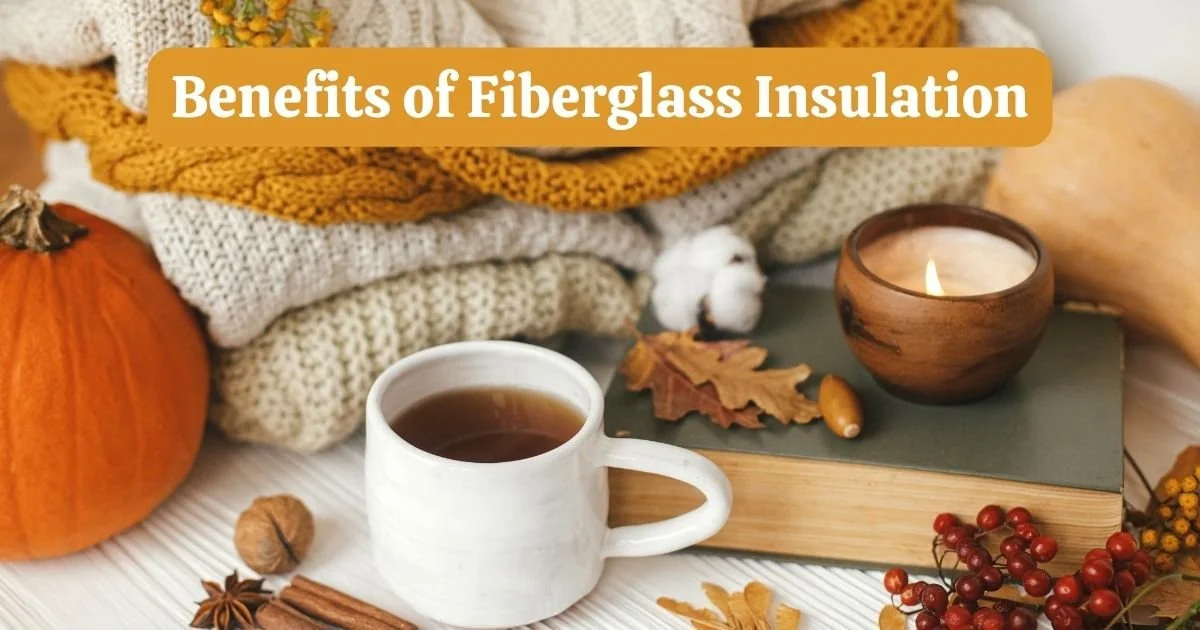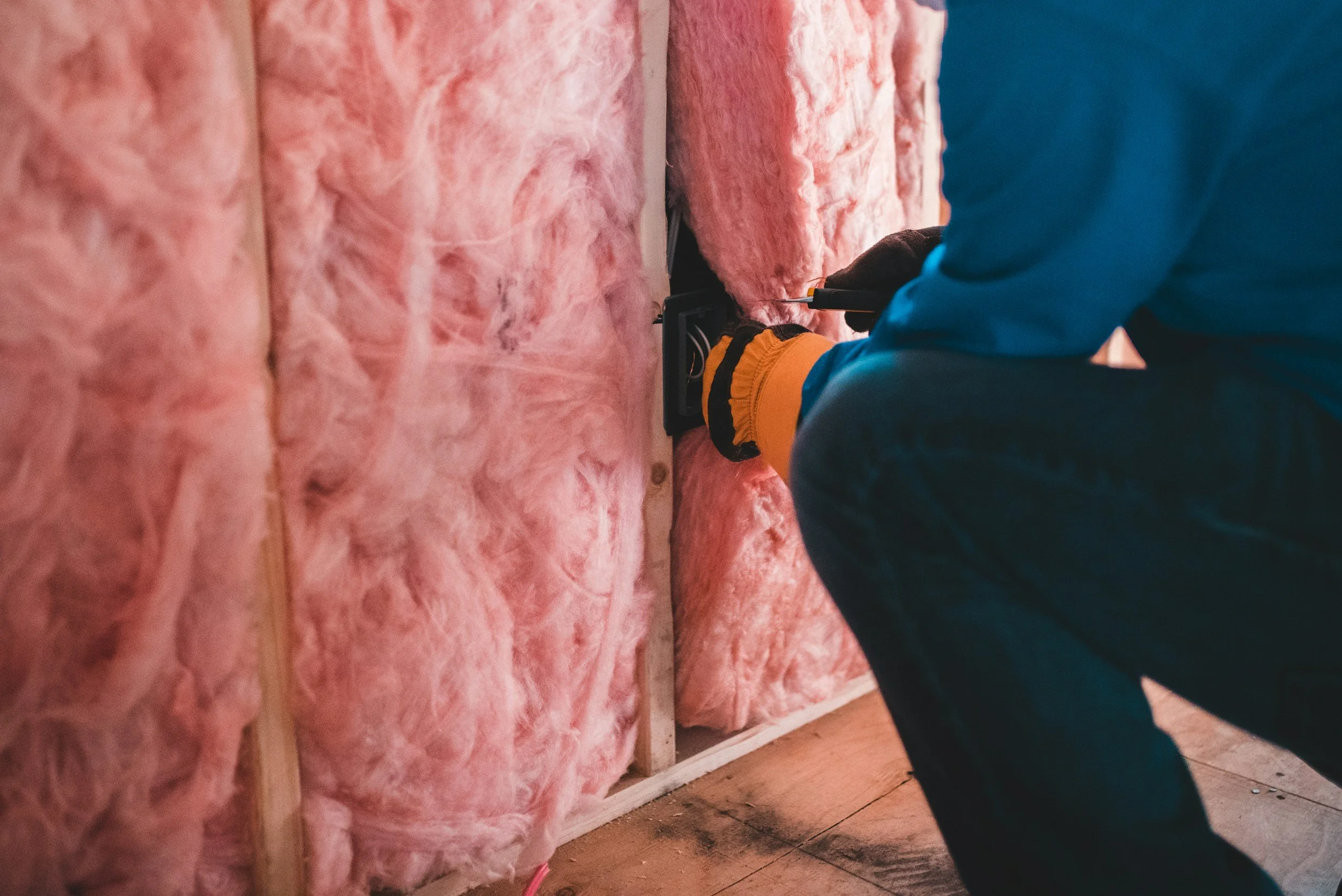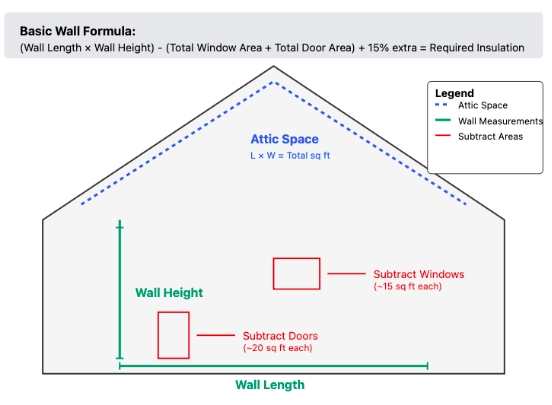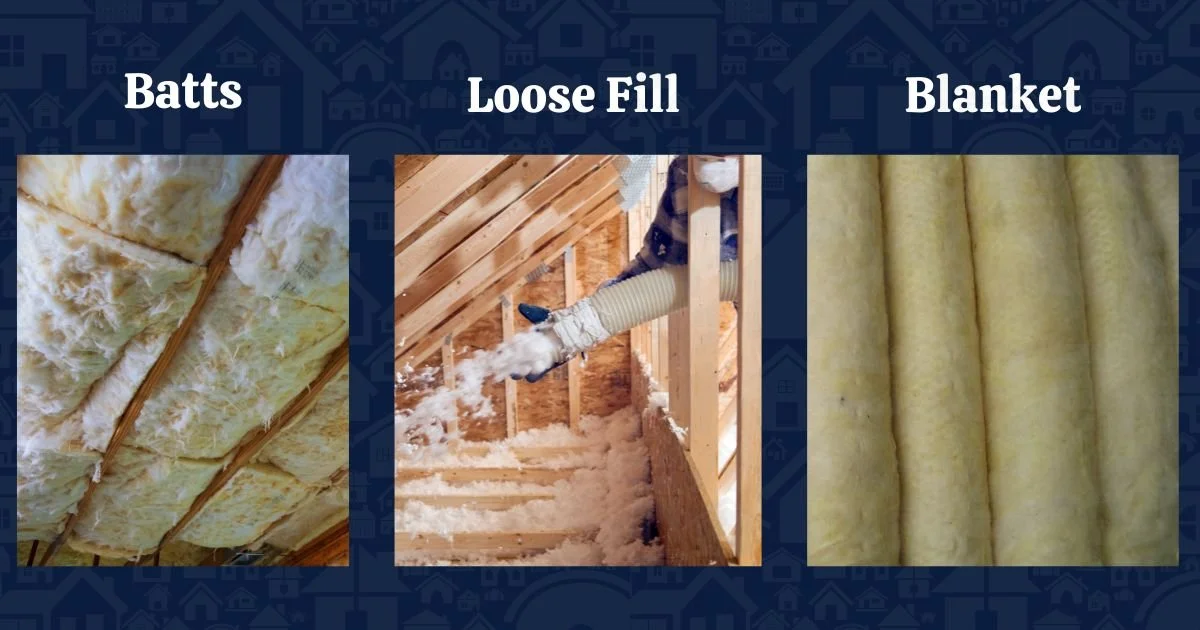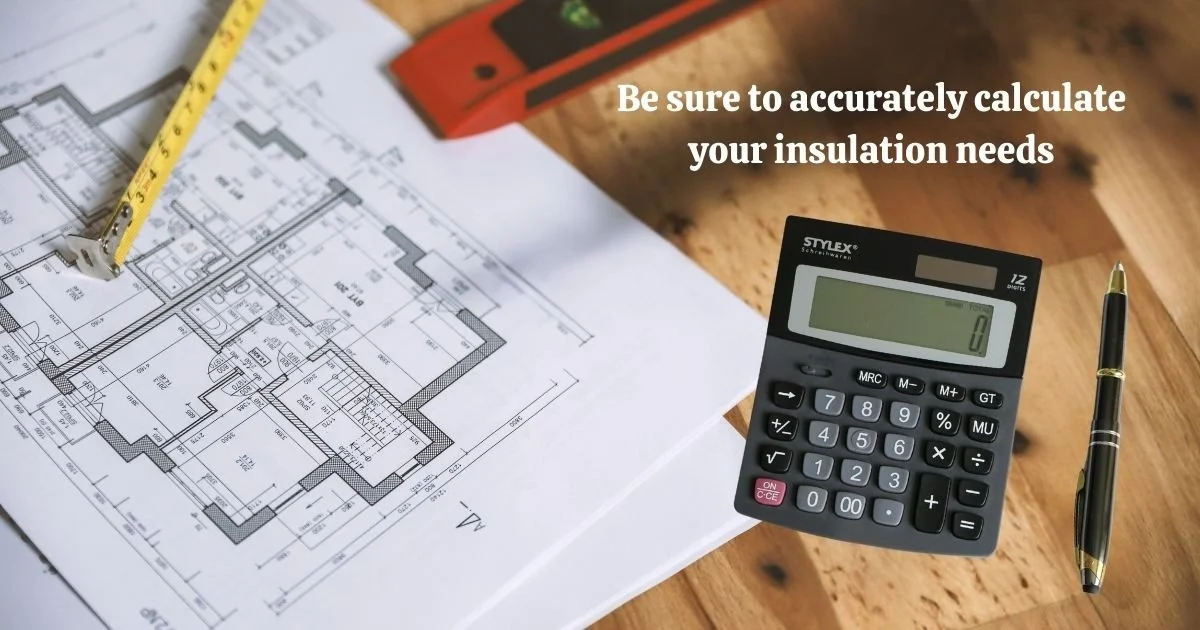Discover the Key Benefits of Fiberglass Insulation For Your Home
Is your home feeling more like a weather station than a cozy retreat? Are you tired of watching your heating and cooling bills climb higher than a cat chasing a laser pointer? Fiberglass insulation might be exactly what you need. As a trusted insulation material, fiberglass insulation has become the go-to choice for many homeowners looking to boost their home's comfort and efficiency.
What is Fiberglass Insulation?
Picture countless tiny glass fibers woven together like a snug blanket for your home. That's fiberglass in a nutshell! Fiberglass insulation is a type of insulation material made from extremely fine glass fibers. When manufacturers like Johns Manville create fiberglass, they melt recycled glass at incredibly high temperatures and spin it into microscopically thin fibers – think cotton candy, but made of glass! These tiny glass fibers create millions of air pockets that provide excellent thermal and heat flow control, making fiberglass an effective insulator for both hot and cold weather.
The Science Behind Fiberglass Insulation
The magic of this insulation lies in its structure. Unlike cellulose or spray foam insulation, fiberglass insulation works by:
Trapping air in a blanket form to resist heat flow
Creating a thermal barrier with recycled glass fibers
Providing consistent R-value performance
Maintaining effectiveness even in extreme temperatures
Most manufacturers now offer formaldehyde-free fiberglass insulation options, addressing previous concerns about formaldehyde content in older insulation materials. These formaldehyde-free products maintain all the benefits while being safer for your home.
Types of Fiberglass Insulation
When it comes to insulation materials, fiberglass is like the Swiss Army knife of home comfort - it comes in several versatile forms to tackle any insulation challenge. Whether you're installing this insulation in a new build or upgrading your existing home, understanding these different types helps you choose the perfect solution for your space.
Each type of fiberglass insulation offers unique benefits, and many homeowners actually use a combination of types to achieve optimal results. Let's explore your options, from traditional batts to modern loose-fill solutions, and see how each one can help create your ideal home environment.
Fiberglass Batts and Rolls
Think of fiberglass batts as the classic option – like the chocolate chip cookie of the insulation world. These previously cut sections of insulation material called batts are the most commonly installed form of fiberglass insulation, and for good reason:
Pre-cut to standard widths for perfect fits between wall studs and floor joists
Available with or without vapor barrier backing for moisture control
Easy to handle and install in interior walls and exterior walls
Perfect for walls, floors, and ceilings
Ideal for achieving specific R-values in standard spaces
Great for DIY projects (though we still recommend professional installation!)
Loose-Fill Fiberglass
This is your "fill every nook and cranny" option. While cellulose was once the go-to for blown-in insulation, loose-fill fiberglass has become increasingly popular due to its superior performance:
Excellent for irregular spaces and attics where measuring by square foot is tricky
Can be blown into finished walls without major disruption
Provides more complete coverage around obstacles than traditional batts
Perfect for adding insulation to existing homes
Maintains its R-value better than other alternatives
Professional installation is required for best results and proper heating and cooling regulation
Key Benefits of Fiberglass Insulation
When it comes to fiberglass material, this proven insulator has stood the test of time for good reason. While newer options like spray foam and cellulose have entered the market, fiberglass insulation continues to be the go-to choice for both professional contractors and DIY enthusiasts. Why? Because the benefits of this insulation material extend far beyond just keeping your home cozy.
1. Superior Energy Efficiency
Fiberglass insulation helps manage heat flow in your home by:
Reducing heating and cooling bills by 40-50%
Providing consistent R-value performance
Creating an effective thermal barrier in walls
Maintaining efficiency better than cellulose alternatives
Working alongside your vapor barrier for optimal performance
2. Moisture Management
Unlike some other insulation materials though, glass fiber insulation offers excellent moisture control:
Doesn't absorb moisture like cellulose
Works with vapor barriers to prevent moisture issues
Helps manage moisture in walls and crawl spaces
Maintains performance even in humid conditions
Reduces risk of moisture-related problems
3. Sound Control Excellence
Fiberglass insulation provides superior sound and noise control by:
Absorbing sound waves effectively
Reducing noise transfer through walls
Creating quieter indoor spaces
Performing better than spray foam for sound
Working especially well in interior walls
4. Environmental Benefits
Modern fiberglass insulation is environmentally friendly:
Made from up to 80% recycled glass
Formaldehyde-free options widely available
More sustainable than spray foam insulation
Energy-efficient manufacturing process
Long-lasting performance
Professional Installation Considerations: Getting It Right The First Time
While fiberglass insulation might seem straightforward (it's just filling spaces with fluffy stuff, right?), proper installation requires more expertise than you might think. Professional contractors know that installing the material involves careful attention to detail, from measuring the square footage correctly to ensuring proper temperature contol in every space. Whether you're considering loose-fill fiberglass for your attic or fiberglass batts for your walls, understanding these key installation factors can save you time, money, and headaches down the road.
Understanding R-Values and Thermal Resistance: Your Comfort By The Numbers
If you've been researching insulations, you've probably seen "R-value" mentioned more times than you can count. But what does this mysterious number really mean for your home? Think of R-value as your insulation's report card - it's how we measure how well any insulation material, including fiberglass insulation, resists heat flow. The higher R-value (the grade), the better your insulation performs at keeping your home comfortable and your energy bills low.
According to the U.S. Department of Energy, different areas need specific R-values:
Exterior walls: R-13 to R-21
Attics: R-30 to R-60
Crawl spaces: R-13 to R-30
Interior walls: R-13 for sound control
Water Management: Keeping Your Home Dry
Water and insulation mix about as well as cats and swimming pools - which is why proper humidity control is crucial for any insulation project. When installing your insulation, understanding proper water management can mean the difference between a cozy, efficient home and costly future repairs. Unlike cellulose, fiberglass handles dampness differently, and when paired with the right vapor barrier, it can help protect your walls, ceilings, attics, and crawl spaces from unwanted water damage.
Install vapor barriers in humid climates
Look for insulation with a built-in moisture barrier (the paper backing) in areas like bathrooms and exterior walls where dampness could be an issue
Ensure proper ventilation
Address any existing humidity or other water issues
Consider climate-specific requirements
Safety Considerations: Modern Fiberglass Insulation Myths vs. Facts
If you've been researching insulation materials, you've probably come across some outdated information that might have raised concerns. The truth is that modern insulation has come a long way from its early days. While older formaldehyde-containing insulation has a bad reputation, today's formaldehyde-free fiberglass insulation offers peace of mind along with comfort.
Think of modern insulation like today's cars compared to models from 40 years ago - technological advances have made them dramatically safer and more efficient. The same goes for insulation manufacturing. Today's professional contractors work with materials that are specifically designed to be safer for both installers and homeowners, while still providing all the temperature resistance and energy-saving benefits you need.
No added formaldehyde in newer products
Less toxic than spray foam alternatives
Safe when properly installed
Naturally resistant to mold growth
Better air quality than older materials
Comparison with Other Materials
While mineral wool and cellulose have their place, fiberglass insulation offers unique advantages:
More cost-effective than spray foam
Better humidity resistance than cellulose
Easier installation than mineral wool
Superior long-term performance
Excellent value for investment
How to Calculate Your Fiberglass Insulation Needs
Before you dive into your insulation project, let's talk numbers - and no, we don't mean just your energy bills! Understanding exactly how much fiberglass insulation you need isn't just about measuring square feet; it's about planning for an effective installation that maximizes your comfort and minimizes waste. Whether you're insulating exterior walls, finishing an attic, or upgrading your crawl spaces, proper calculations ensure you get the right amount of insulation material for optimal performance.
Want to estimate your insulation project before getting a quote? Here's a straightforward guide to calculating your fiberglass insulation needs.
Basic Square Footage Calculations
To determine how much insulation you need:
Measure the length and height of each wall in feet
Multiply length × height = square feet per wall
Add up all wall square footage
Subtract windows and doors (typically 15 square feet for windows, 20 for doors)
For example:
Wall dimensions: 20 feet × 8 feet = 160 square feet
Minus one window (15 sq ft) and one door (20 sq ft)
Total insulation needed: 125 square feet
Calculating by Space Type
Different areas need different approaches when installing fiberglass insulation:
Exterior Walls:
Calculate square footage between studs
Standard stud spacing is 16 inches or 24 inches
Remember to account for vapor barriers
Consider both fiberglass batts and loose-fill options
Attic Spaces:
Measure between joists for batts
Calculate total square footage for loose-fill
Account for extra thickness needed to achieve higher R-values
Don't forget air flow and ventilation spaces
Crawl Spaces:
Measure between floor joists
Account for vapor barrier requirements
Calculate extra for overlapping
[Image 8: Calculator diagram with formulas for different spaces]
Material Type Considerations
Your calculations will vary based on whether you're using:
Fiberglass batts (pre-cut to fit between studs)
Loose-fill fiberglass (requires calculating cubic feet)
Blanket form insulation (comes in standard widths)
Pro Tips for Accurate Calculations
Add 10-15% Extra:
Account for mistakes and awkward spaces
Allow for proper compression
Have backup material if needed
Consider R-Value Requirements:
Higher R-values mean thicker insulation
May need multiple layers
Different thermal resistance needs by space
Account for Special Features:
Electrical boxes
Plumbing fixtures
HVAC vents
Support beams
Calculating Cost Estimates
To estimate your project cost:
Total square footage × cost per square foot
Add vapor barrier costs if needed
Consider special equipment rental for loose-fill
Factor in professional installation if not DIY
Ready to Upgrade Your Insulation?
Whether you're building new or renovating, fiberglass insulation offers the perfect balance of performance, value, and safety. From reducing energy bills to creating a quieter, more comfortable home, fiberglass insulation continues to be a top choice for homeowners.
Want to learn more about how this insulation can transform your home? Give us a call - we're always happy to chat about making your space more comfortable and energy-efficient!
[Contact Form: "Ready to Get Started? Schedule Your Free Consultation Today!"]
Looking for a professional contractor for your installation? Contact our team of experts today to schedule a consultation and get started on your path to a cozier, more efficient home.

